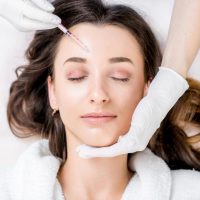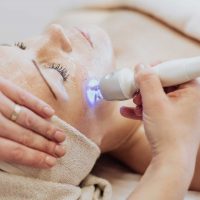Swelling after injectable fillers is a common side effect, usually peaking within 24–48 hours and resolving within a week. The duration and severity of swelling depend on factors such as the type of dermal filler, the injection area, and individual sensitivity. While some swelling is unavoidable, proper aftercare for filler swelling—such as cold compresses, hydration, and avoiding heat exposure—can help reduce swelling after fillers faster.
What Causes Swelling After Injectable Fillers?
Swelling after filler is common and usually peaks within 48 hours, resolving in 5–7 days. Many ask if swelling fillers are a sign of a problem, but mild puffiness is expected due to inflammation and fluid retention. Terms like filler swelling, after filler swelling, and swelling after fillers refer to this temporary phase, which varies based on injection site and product used.
The degree of swelling after fillers varies based on several factors:
Filler type:Hyaluronic acid fillers, such as Juvederm and Restylane, often cause mild fluid retention, which contributes to swelling.
Treatment area: Areas with thin skin or high vascularity—like the lips and under-eyes—tend to experience more noticeable swelling.
Injection technique & volume: Larger filler volumes and multiple injection sites can lead to increased swelling post-filler treatment.
Typically, swelling after fillers peaks at 24–48 hours and subsides within 5–7 days, but some post-filler puffiness may last up to two weeks.
How Long Does Swelling After Injectable Fillers Last?
Swelling from fillers generally subsides within 5–7 days, with residual puffiness fading by day 14. If you’re wondering how long does swelling last after fillers, the answer depends on filler type, volume, and body response. Most clients return to social activities within 48–72 hours.
- First 24–48 hours:Swelling after fillers peaks during this period.
- Day 3–7:Swelling after lip fillers or cheek fillers begins to subside, with most facial filler swelling reducing significantly.
- Up to 14 days: Some post-filler puffiness may persist, especially in sensitive areas like the lips and tear troughs.
- Beyond two weeks: If swelling continues, consult your provider to rule out complications.
What is the fastest way to reduce filler swelling?
The fastest way to reduce filler swelling is applying cold compresses and keeping your head elevated. Avoiding alcohol, salty foods, and vigorous exercise also helps. Many seek what is the fastest way to reduce filler swelling, and the answer lies in post-treatment discipline, hydration, and use of anti-inflammatory aids like arnica.
- Apply cold compresses after filler treatment for 10–15 minutes at a time during the first 24 hours.
- Keep your head elevated while sleeping to prevent excess fluid buildup.
- Avoid alcohol, sodium, and blood thinners for at least 48 hours to reduce post-filler swelling.
- Use Arnica or Bromelain supplements (after consulting a professional) to help reduce swelling and bruising from fillers.
When to Be Concerned About Swelling
Swelling is generally harmless, but certain symptoms may indicate a problem. Swelling lasting beyond 14 days, worsening pain, redness, or skin discoloration (such as bluish or purple tones) could signify complications like vascular occlusion or infection. Similarly, asymmetry or the development of hard lumps that do not improve with time requires prompt medical attention. Always contact your provider if you notice unusual symptoms.
Juvederm swelling 6 months later: Should you worry?
Swelling 6 months after Juvederm is not typical and may indicate delayed hypersensitivity or product migration. If you notice Juvederm swelling 6 months later, contact your provider. This could point to infection, granuloma, or immune reaction especially if accompanied by redness or pain.
How to Prepare Before Injectable Fillers to Prevent Swelling
Proper preparation before treatment can minimize swelling. Avoid blood-thinning medications and supplements, such as aspirin and fish oil, for at least 7 daysbefore the procedure. Refrain from alcohol for 24–48 hours, as it can dilate blood vessels and exacerbate swelling. Staying hydrated and discussing your medical history with your provider helps further reduce risks.
Plan your appointment with adequate recovery time, especially if the treatment involves sensitive areas like the lips. Skipping other cosmetic treatments, such as chemical peels or lasers, within the same timeframe can prevent compounding effects on the skin.
Does the Treatment Area Influence Swelling?
The treatment area significantly affects the degree and duration of swelling. The lips, due to their vascular nature, often experience the most noticeable swelling, which can take up to 7–10 daysto subside. In contrast, the jawline or chin typically exhibits minimal swelling, resolving within 2–3 days.
Under-eye treatments may cause prolonged puffiness because of the thin and delicate skin in that area, while cheek fillers lead to moderate swelling, subsiding in about 3–5 days.
Swelling after cheek filler or around the mouth
Swelling after cheek filler typically lasts 3–5 days, while swelling after fillers around mouth areas may persist up to a week. Cheek tissue holds filler well and resolves puffiness faster, but the area around the lips moves frequently, increasing the chance of inflammation. Post-care is essential for managing swelling in both zones.
How Does Filler Type Affect Swelling?
The type of filler used has a direct impact on swelling. Hyaluronic acid fillers, such as Juvederm and Restylane, are hydrophilic and may cause temporary fluid retention, leading to noticeable swelling for 5–7 days. Other fillers, like Calcium Hydroxylapatite (CaHA)or Poly-L-Lactic Acid (PLLA), typically result in less swelling, with recovery times of 3–5 daysand 2–3 days, respectively.
What to Eat or Drink to Manage Swelling
A diet rich in anti-inflammatory foods can help reduce swelling. Drinking at least 8–10 glasses of waterdaily supports tissue repair and detoxification. Fresh pineapple, which contains bromelain, may speed up recovery. Avoid high-sodium foods and alcohol, as they contribute to fluid retention and prolong swelling. Include foods like berries, leafy greens, turmeric, and ginger for their anti-inflammatory properties.
Dos and Don’ts After Injectable Fillers
Dos
- Apply cold compresses for 10–15 minutesat a time during the first day.
- Keep your head elevated while sleeping.
- Stay hydrated and consume a balanced, anti-inflammatory diet.
Don’ts
- Avoid touching or massaging the treated area unless instructed.
- Refrain from alcohol, aspirin, and ibuprofen for 48 hours.
- Skip saunas, hot baths, and intense exercise for the first two days.
Why Aftercare Matters
Following aftercare instructions reduces complications, promotes faster healing, and ensures optimal results. Actions like avoiding makeup immediately after the procedure protect the treated area from irritation or infection. Proper care allows the filler to settle naturally, minimizing asymmetry and unwanted side effects.
What Should You Ask Your Provider?
Before treatment, ask about the type of filler being used, expected swelling duration, and specific aftercare recommendations. Discuss symptoms that require attention and schedule follow-ups to ensure proper healing. Understanding these details helps set realistic expectations and reduces recovery-related anxiety.
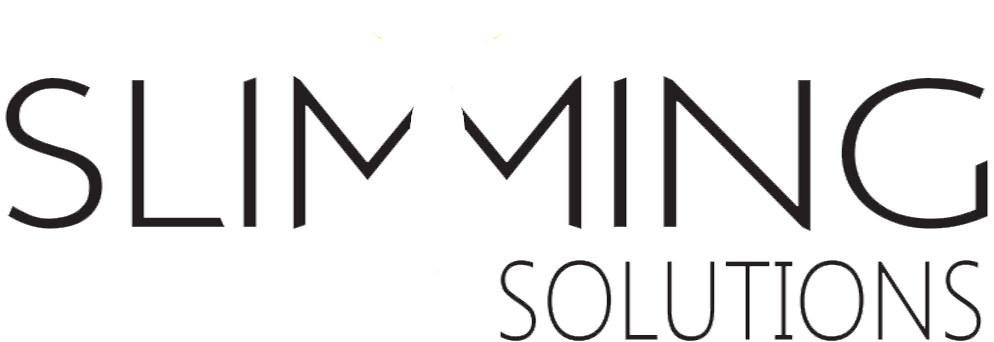
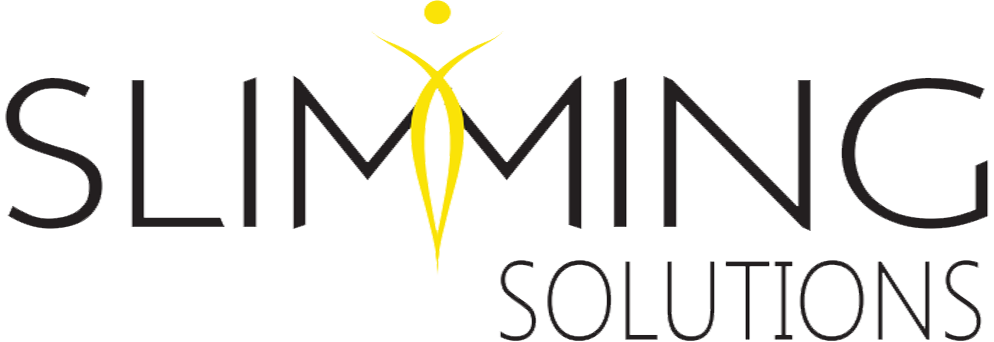
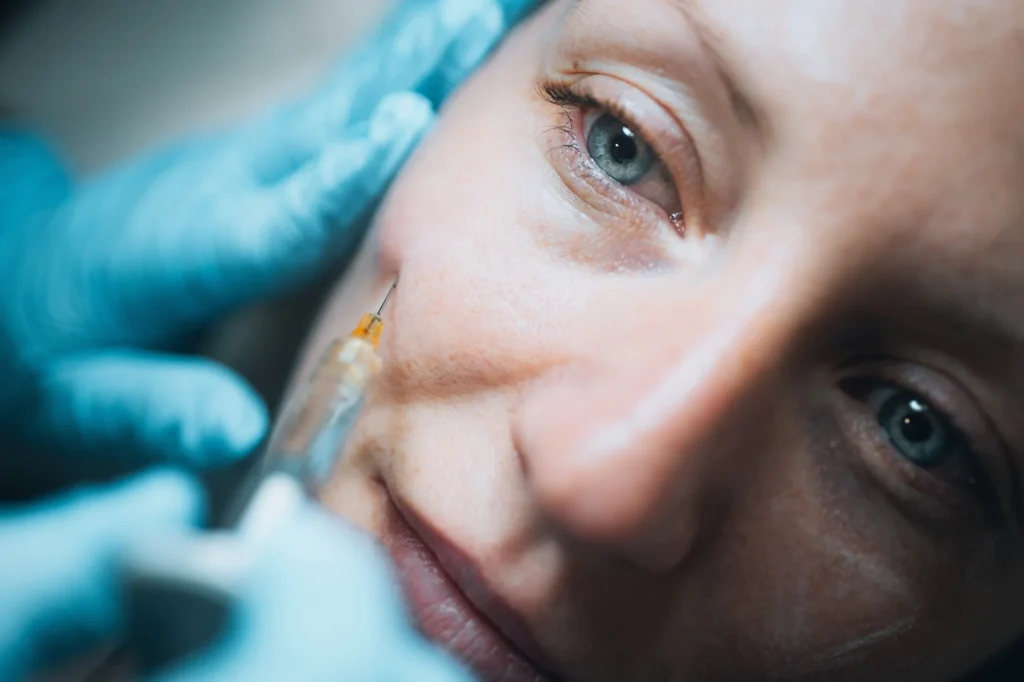
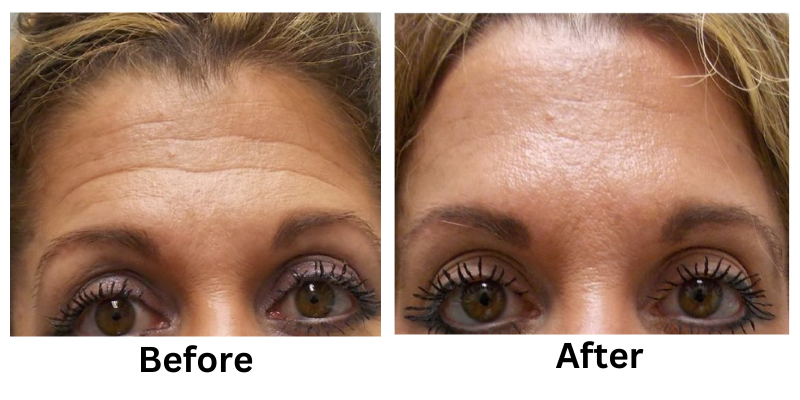
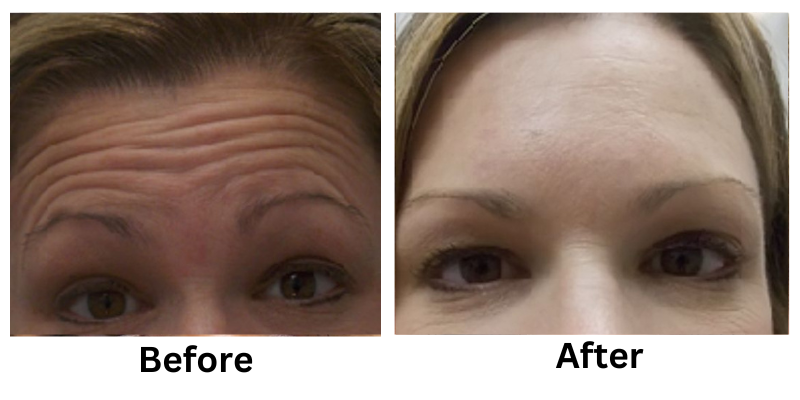
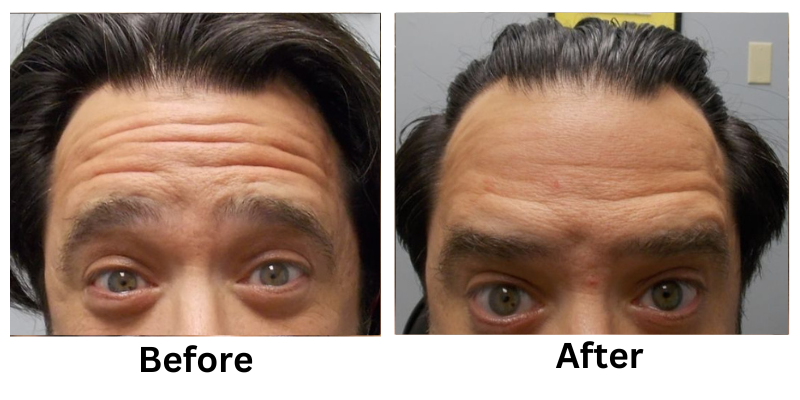
![[thumb]](https://slimmingsolutionsspa.com/wp-content/uploads/2023/12/botox1-150x150.png)
![[thumb]](https://slimmingsolutionsspa.com/wp-content/uploads/2023/12/Before2-150x150.png)
![[thumb]](https://slimmingsolutionsspa.com/wp-content/uploads/2023/12/Before3-150x150.png)
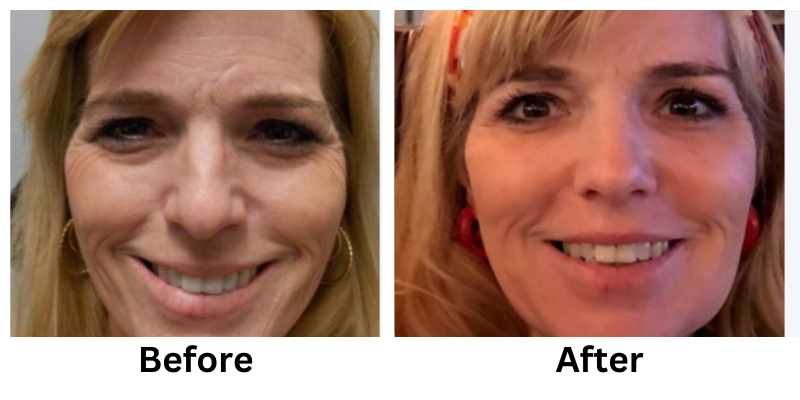

![[thumb]](https://slimmingsolutionsspa.com/wp-content/uploads/2023/12/Liquid-face-150x150.png)
![[thumb]](https://slimmingsolutionsspa.com/wp-content/uploads/2023/12/Liquid-face-1-150x150.png)
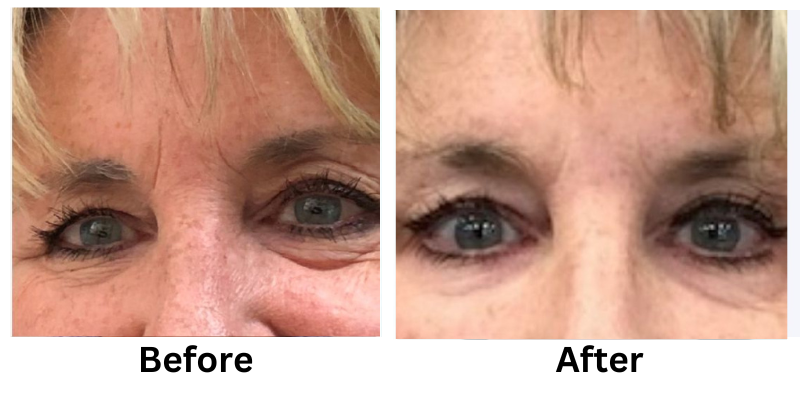
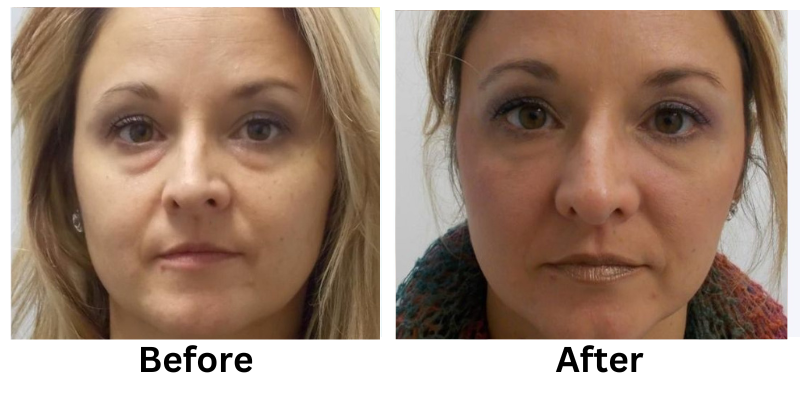
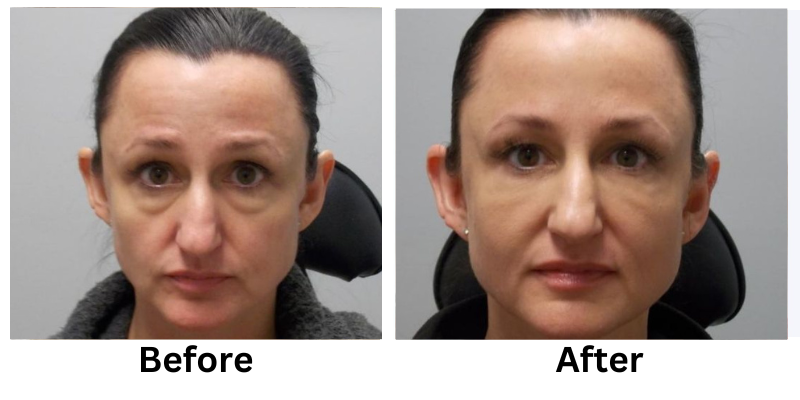
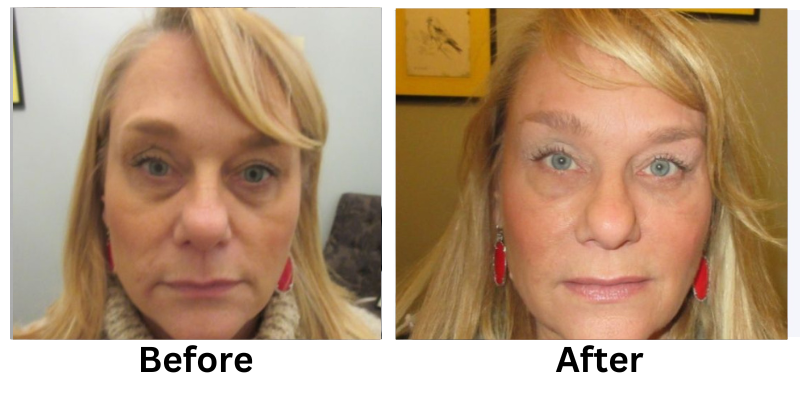


![[thumb]](https://slimmingsolutionsspa.com/wp-content/uploads/2023/12/revanesse-versa-1-150x150.png)
![[thumb]](https://slimmingsolutionsspa.com/wp-content/uploads/2023/12/revanesse-versa-2-150x150.png)
![[thumb]](https://slimmingsolutionsspa.com/wp-content/uploads/2023/12/revanesse-versa-3-150x150.png)
![[thumb]](https://slimmingsolutionsspa.com/wp-content/uploads/2023/12/revanesse-versa-4-150x150.png)
![[thumb]](https://slimmingsolutionsspa.com/wp-content/uploads/2023/12/revanesse-versa-5-150x150.png)
![[thumb]](https://slimmingsolutionsspa.com/wp-content/uploads/2024/01/Eyebrow-treatment-1-1-150x150.png)
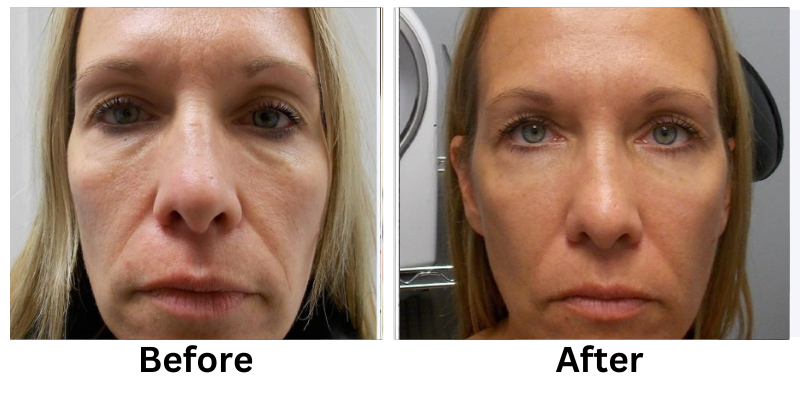
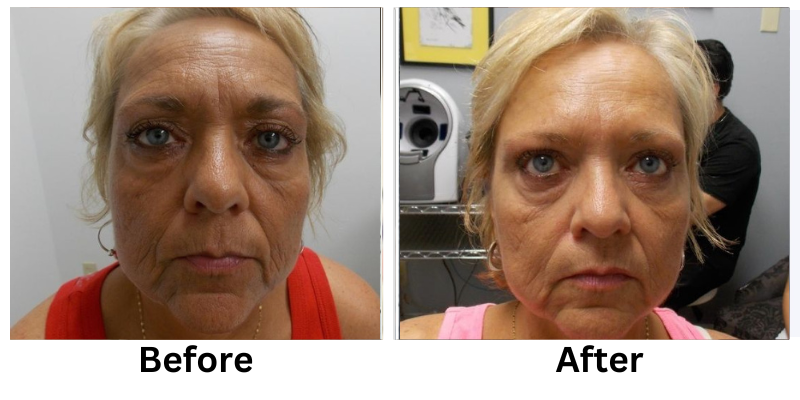
![[thumb]](https://slimmingsolutionsspa.com/wp-content/uploads/2023/12/Skin-Rejuvenation-1-150x150.png)
![[thumb]](https://slimmingsolutionsspa.com/wp-content/uploads/2023/12/Skin-Rejuvenation-2-150x150.png)


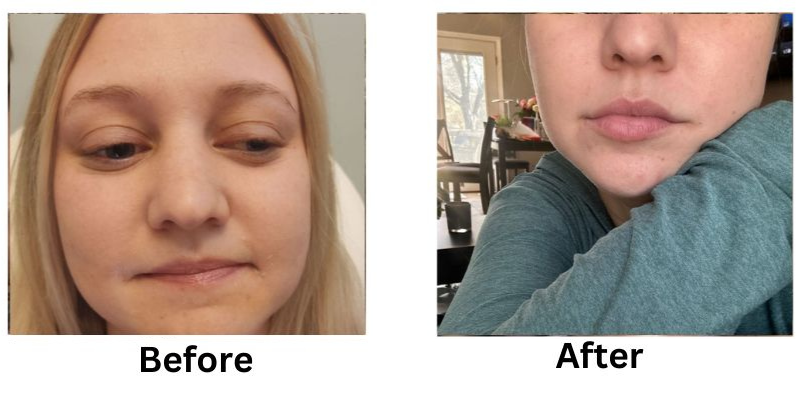
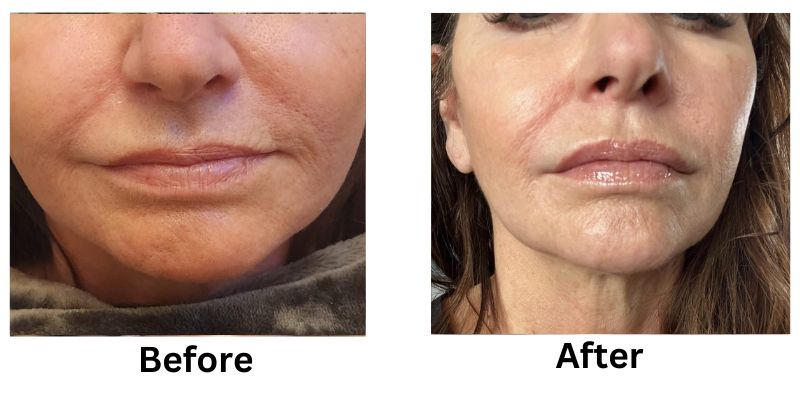
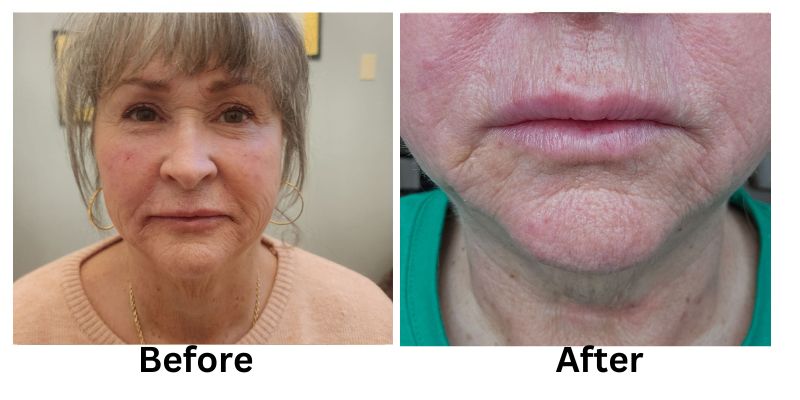
![[thumb]](https://slimmingsolutionsspa.com/wp-content/uploads/2024/01/Lip-Filler-1-150x150.png)
![[thumb]](https://slimmingsolutionsspa.com/wp-content/uploads/2024/01/Lip-Filler-2-150x150.png)
![[thumb]](https://slimmingsolutionsspa.com/wp-content/uploads/2025/02/Lip-Filler-1-150x150.png)
![[thumb]](https://slimmingsolutionsspa.com/wp-content/uploads/2024/01/Lip-Filler-150x150.jpg)
![[thumb]](https://slimmingsolutionsspa.com/wp-content/uploads/2024/01/Before-1-150x150.jpg)
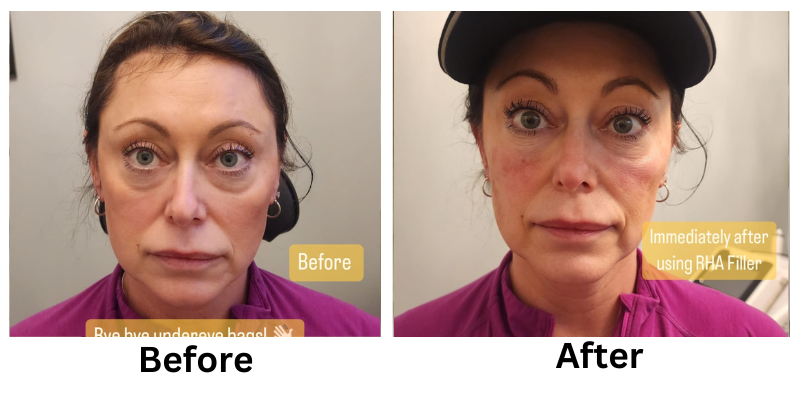
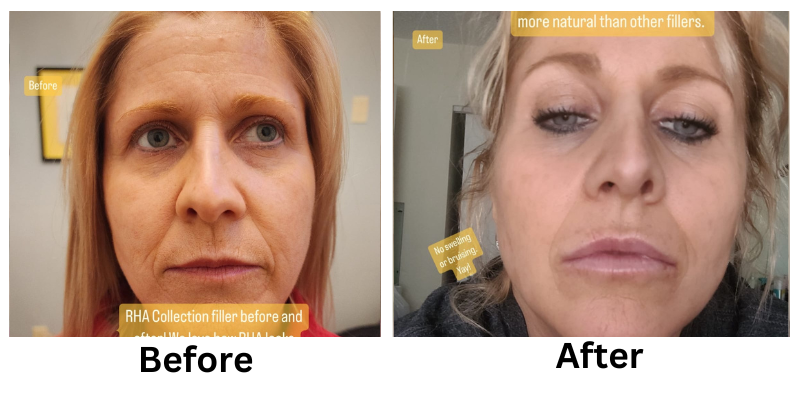

![[thumb]](https://slimmingsolutionsspa.com/wp-content/uploads/2024/01/RHA-Treatmetn-3-150x150.png)
![[thumb]](https://slimmingsolutionsspa.com/wp-content/uploads/2024/01/RHA-Treatmetn-2-150x150.png)
![[thumb]](https://slimmingsolutionsspa.com/wp-content/uploads/2024/01/RHA-Treatmetn-1-150x150.png)
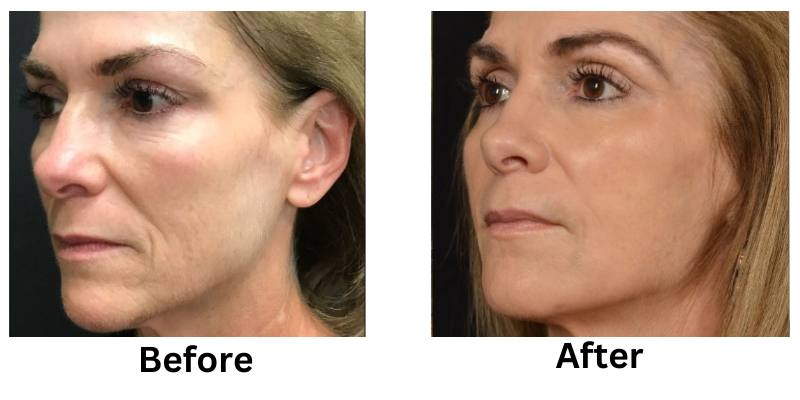
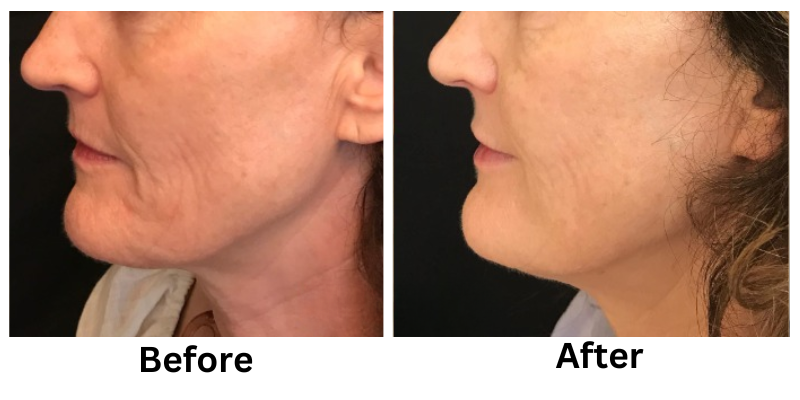
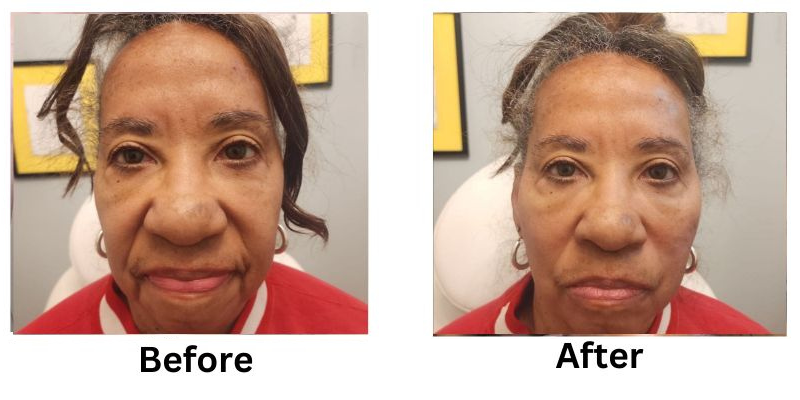
![[thumb]](https://slimmingsolutionsspa.com/wp-content/uploads/2024/01/Thread-Lifts-1-150x150.png)
![[thumb]](https://slimmingsolutionsspa.com/wp-content/uploads/2024/01/Thread-Lifts-2-150x150.png)
![[thumb]](https://slimmingsolutionsspa.com/wp-content/uploads/2025/02/Lip-Filler-2-150x150.png)
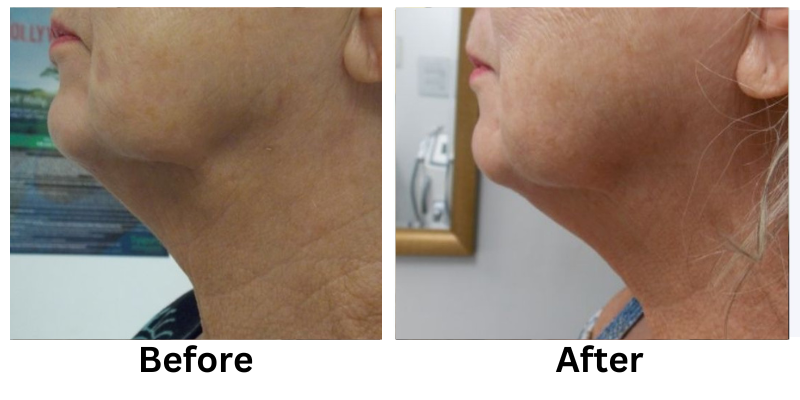
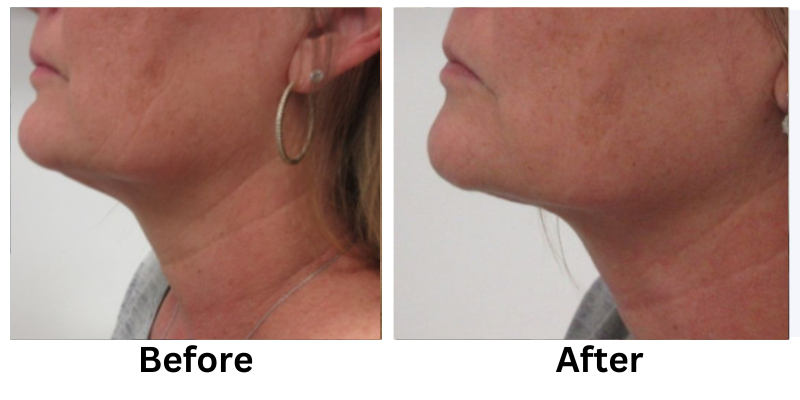

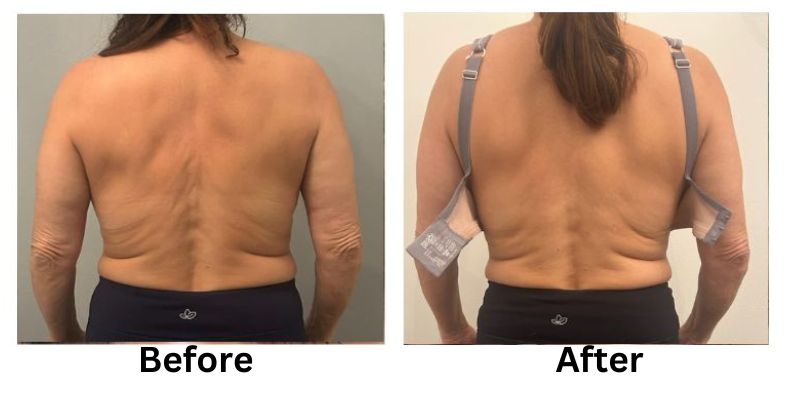
![[thumb]](https://slimmingsolutionsspa.com/wp-content/uploads/2023/12/skin-reuvulation1-150x150.png)
![[thumb]](https://slimmingsolutionsspa.com/wp-content/uploads/2023/12/skin-rejuvulation-2-150x150.png)
![[thumb]](https://slimmingsolutionsspa.com/wp-content/uploads/2023/12/Skin-Tighting-150x150.png)
![[thumb]](https://slimmingsolutionsspa.com/wp-content/uploads/2023/12/Before-150x150.jpg)
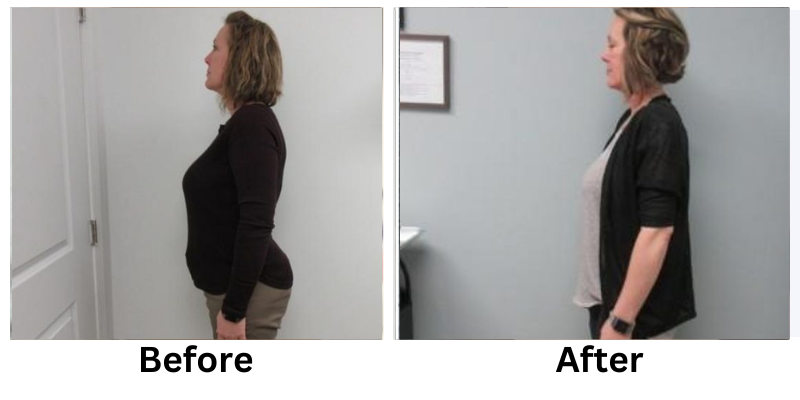
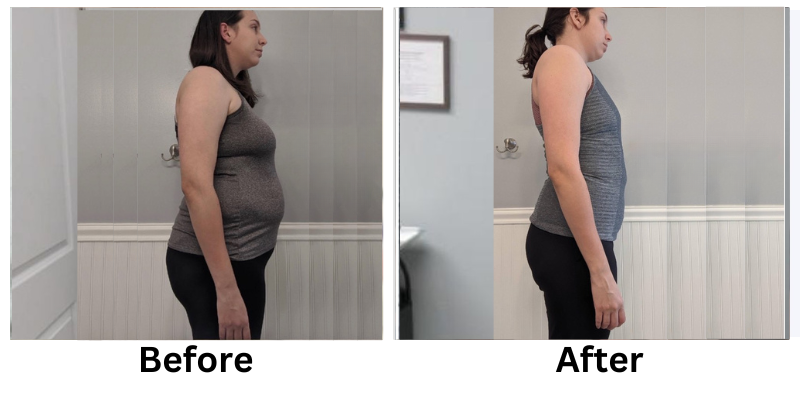
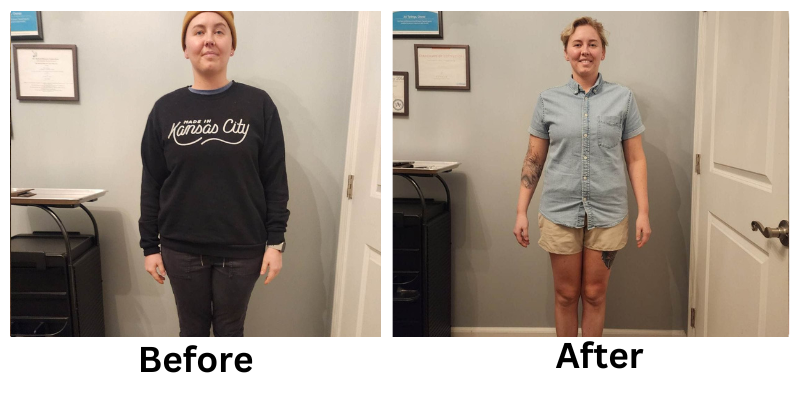
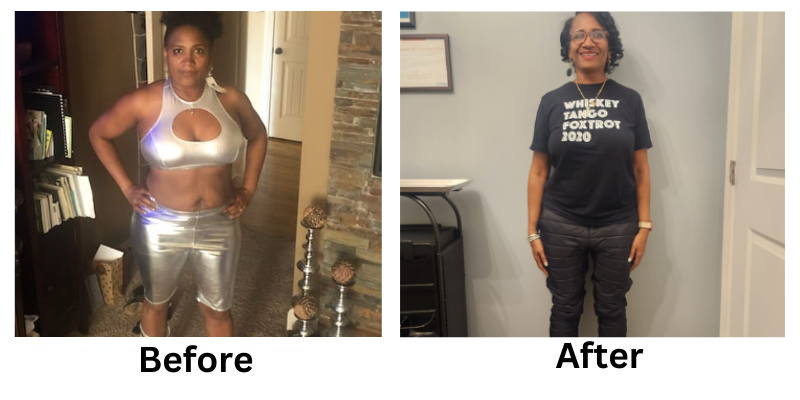
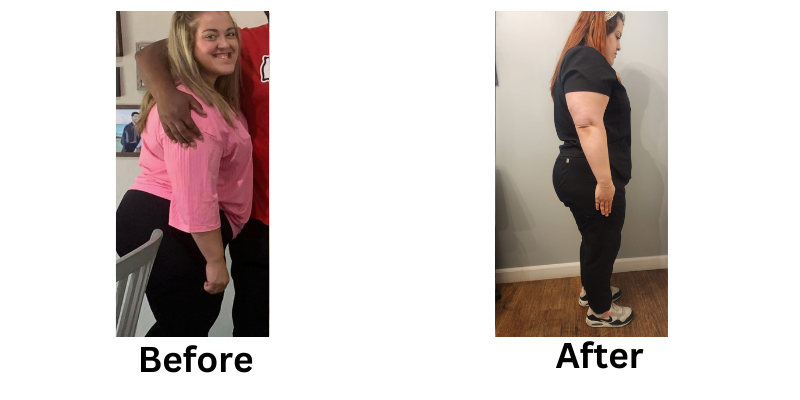
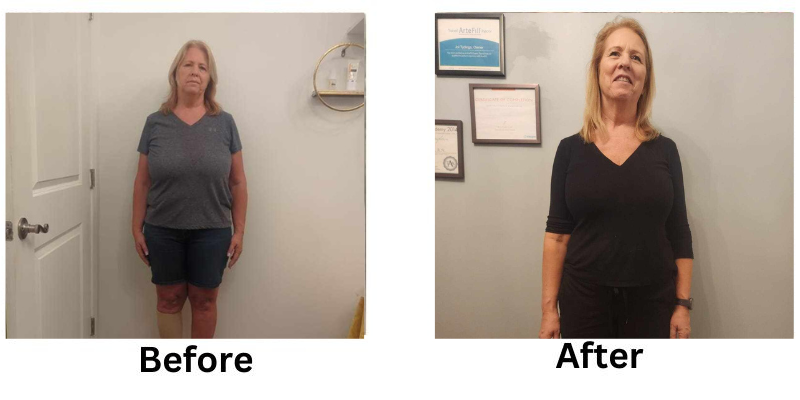
![[thumb]](https://slimmingsolutionsspa.com/wp-content/uploads/2023/12/weightloss-1-150x150.png)
![[thumb]](https://slimmingsolutionsspa.com/wp-content/uploads/2023/12/weightloss-2-150x150.png)
![[thumb]](https://slimmingsolutionsspa.com/wp-content/uploads/2023/12/2Weight-Loss-2-150x150.png)
![[thumb]](https://slimmingsolutionsspa.com/wp-content/uploads/2025/02/Weight-Loss-1-new-150x150.png)
![[thumb]](https://slimmingsolutionsspa.com/wp-content/uploads/2023/12/Weight-Loss-3-150x150.png)
![[thumb]](https://slimmingsolutionsspa.com/wp-content/uploads/2025/03/Slimming-Solutions-BA-Template-150x150.png)

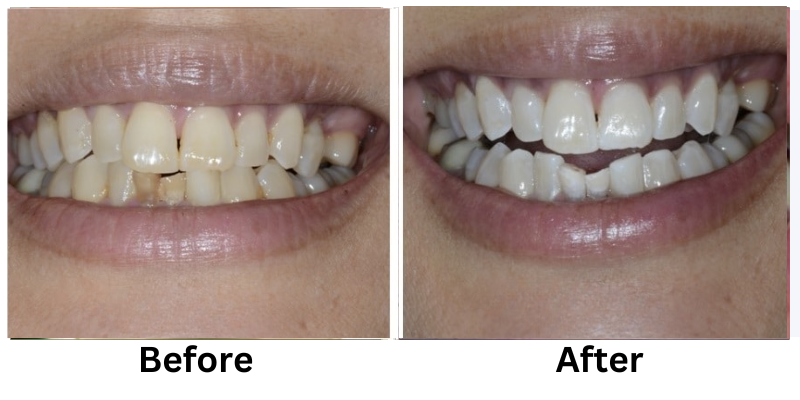
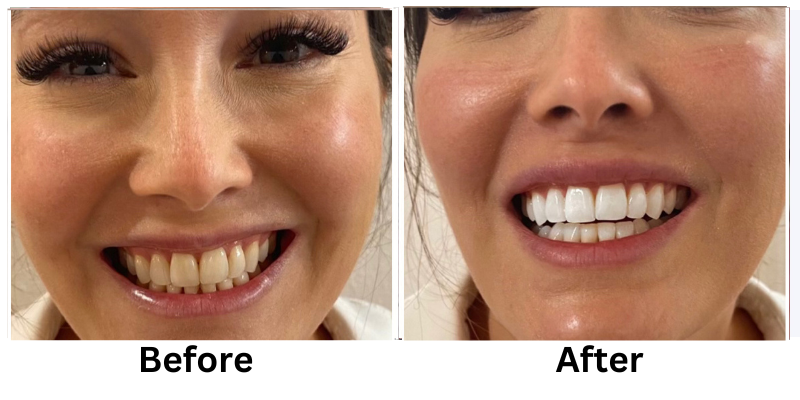

![[thumb]](https://slimmingsolutionsspa.com/wp-content/uploads/2023/12/dat3-150x150.png)
![[thumb]](https://slimmingsolutionsspa.com/wp-content/uploads/2023/12/dat-0-150x150.png)
![[thumb]](https://slimmingsolutionsspa.com/wp-content/uploads/2023/12/dat-1-150x150.png)
![[thumb]](https://slimmingsolutionsspa.com/wp-content/uploads/2023/12/Before-1-150x150.png)
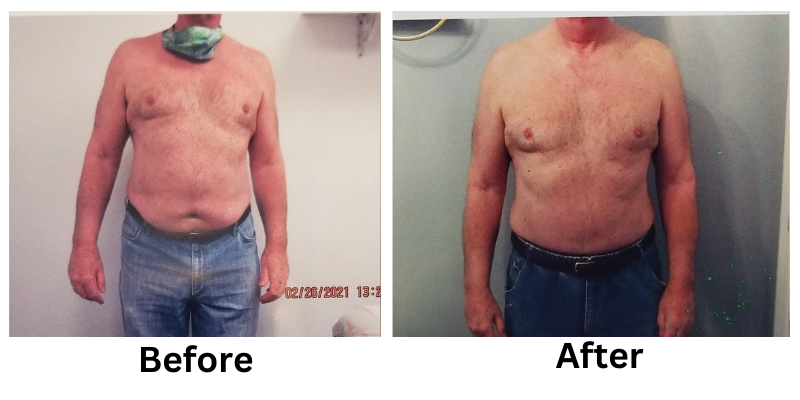

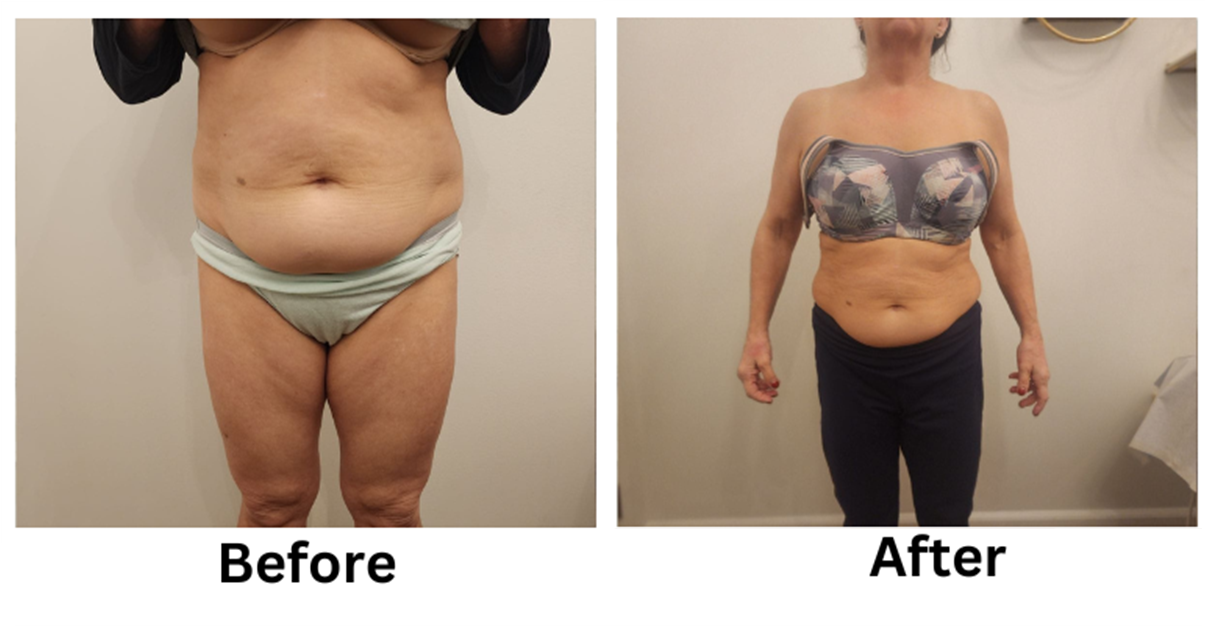
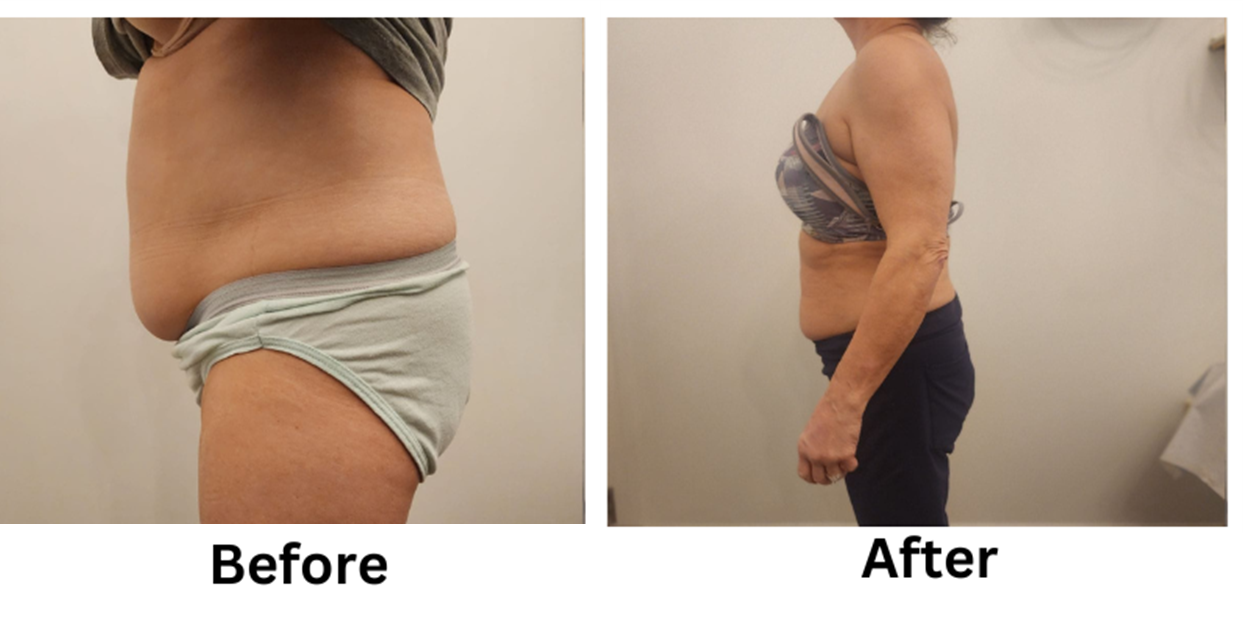
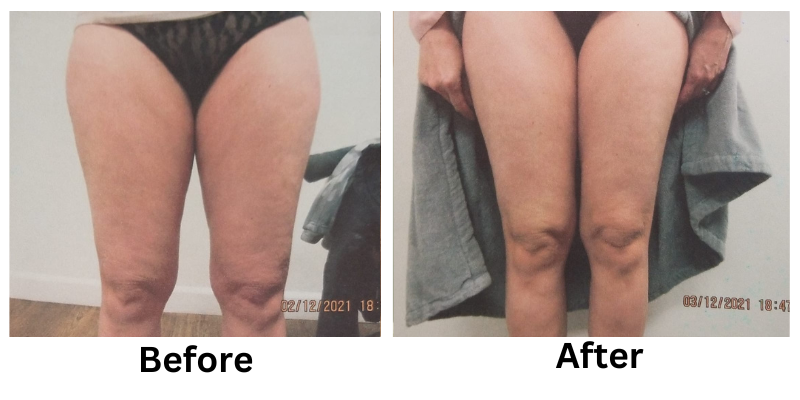
![[thumb]](https://slimmingsolutionsspa.com/wp-content/uploads/2024/01/EMS-Treatment-2-150x150.png)
![[thumb]](https://slimmingsolutionsspa.com/wp-content/uploads/2024/01/EMS-Treatment-1-150x150.png)
![[thumb]](https://slimmingsolutionsspa.com/wp-content/uploads/2025/02/ems-BNA-front-150x150.png)
![[thumb]](https://slimmingsolutionsspa.com/wp-content/uploads/2025/02/EMS-bna-SIDE-150x150.png)
![[thumb]](https://slimmingsolutionsspa.com/wp-content/uploads/2024/01/EMS-Treatment-6-150x150.png)
